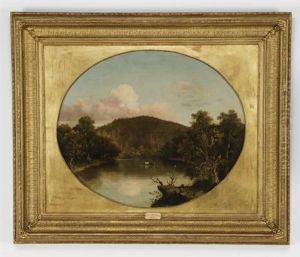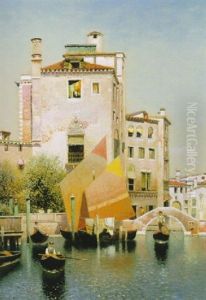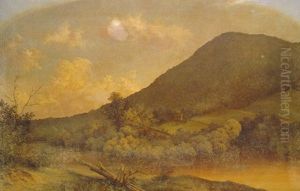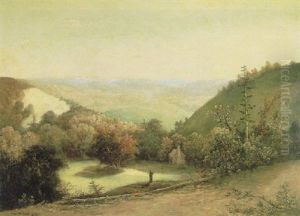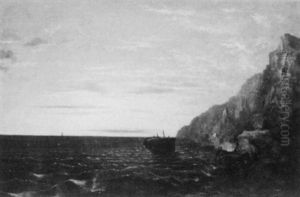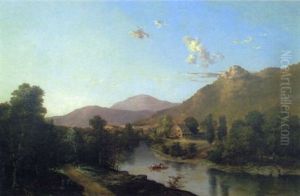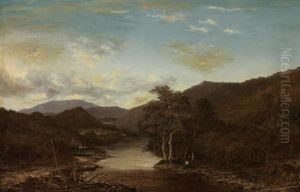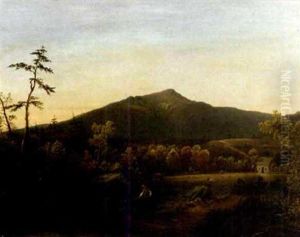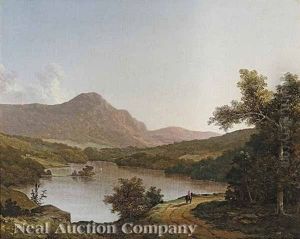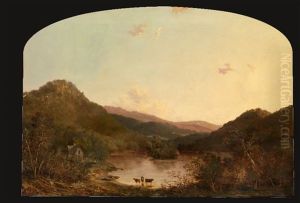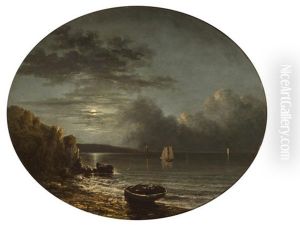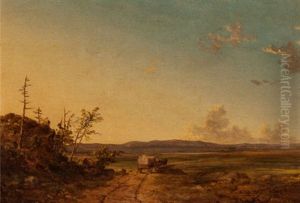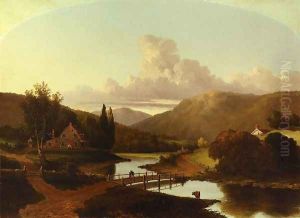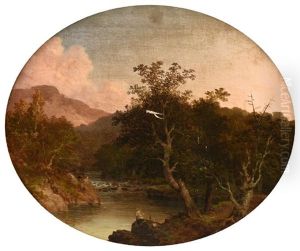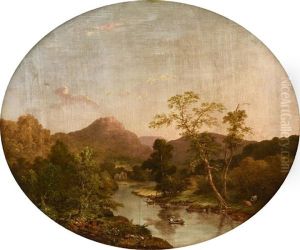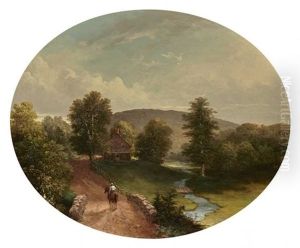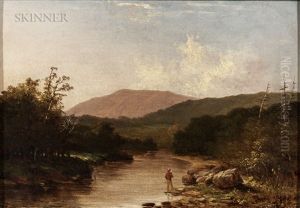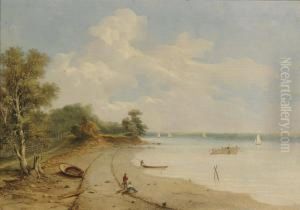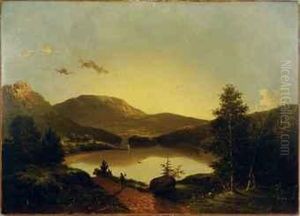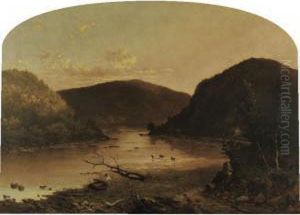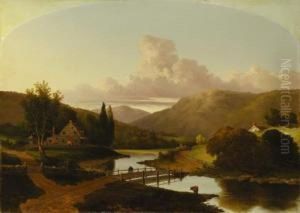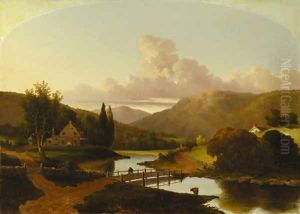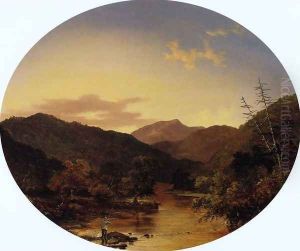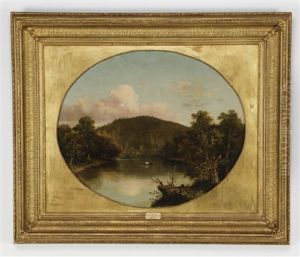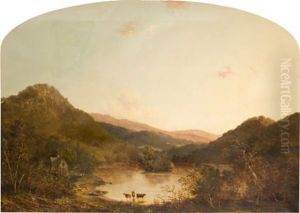Walter Mason Oddie Paintings
Walter Mason Oddie was an American artist born in the early 19th century, notable for his contributions to landscape painting during a period of significant transformation in the American art scene. Born in New York City in 1808, Oddie emerged from a context that was increasingly recognizing the importance of national identity, which, for artists, often meant capturing the essence of the American landscape. Despite the lack of extensive documentation on his early life and training, it is known that Oddie's artistic journey was influenced by the broader movements of his time, particularly the Hudson River School, whose members were dedicated to portraying the natural beauty of the American environment.
Oddie's work, which often depicted serene landscapes, was characterized by a meticulous attention to detail and a profound appreciation for the natural world. His paintings, while not as widely recognized as those of his contemporaries like Thomas Cole or Frederic Edwin Church, contribute to the narrative of American landscape painting in the 19th century by offering a glimpse into the artist's personal interpretation of his surroundings. Throughout his career, Oddie was active in the New York art scene, participating in exhibitions and becoming a member of the National Academy of Design in 1831, an acknowledgment of his skill and contribution to the art community.
Despite the obscurity surrounding much of his life, Walter Mason Oddie's legacy is preserved through the works he left behind, which continue to be studied and appreciated for their artistic and historical value. He passed away in 1865, leaving behind a body of work that, though small, plays a significant role in the story of American art. Oddie's paintings are a testament to the era's evolving artistic expressions, reflecting both the personal vision of the artist and the broader aesthetic and cultural shifts of 19th-century America.
